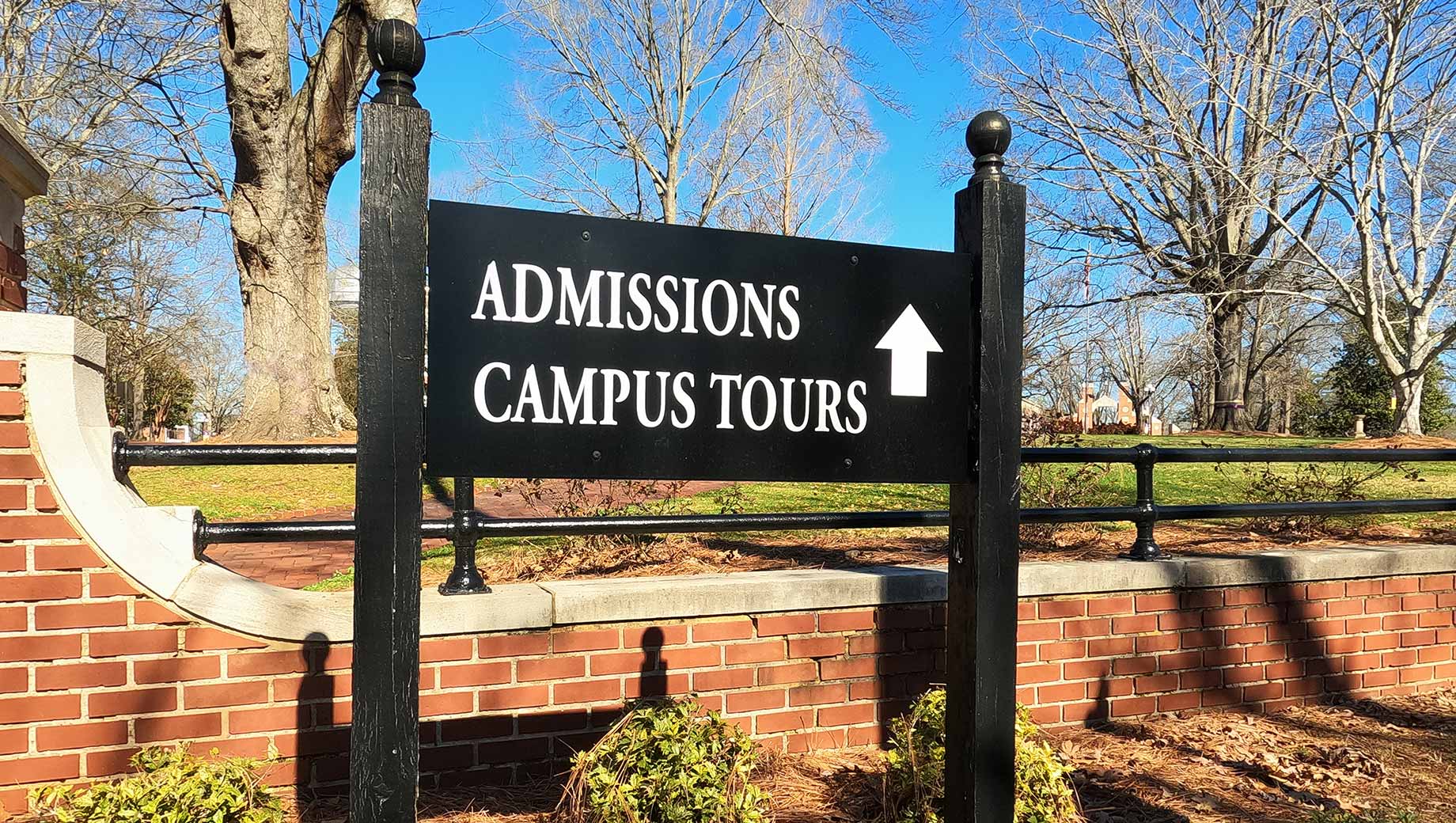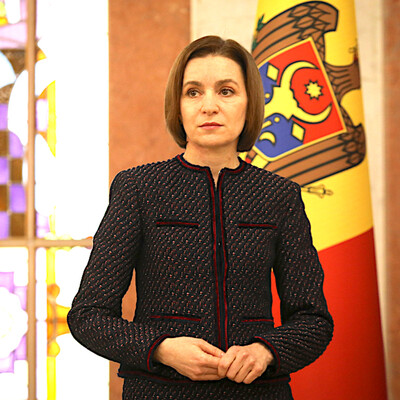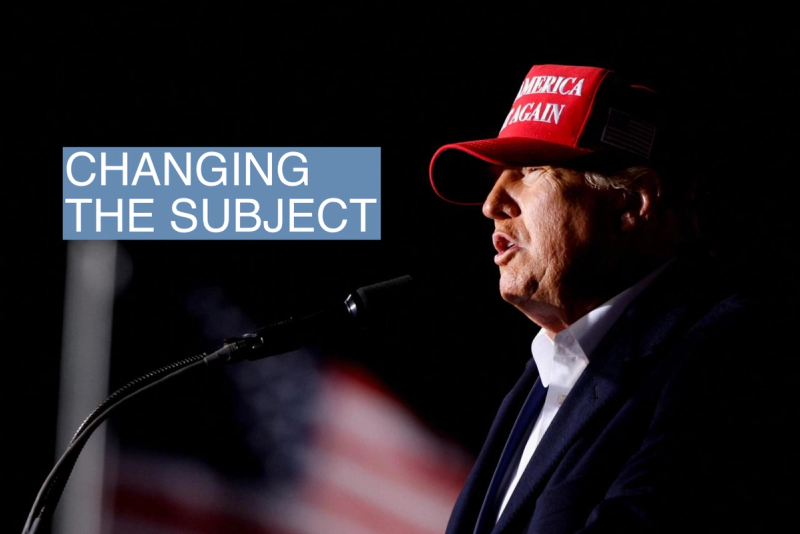Analysis: Russia's inroads into Africa serve to counterbalance threats to its influence on the international stage, with Sudan Moscow's most significant foothold.
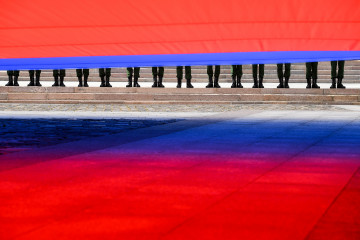
Analysis
Giorgio Cafiero
16 February, 2023
His two latest visits to Africa, which came within ten days of each other, underscore the continuation of Russia’s positive relationships with many governments in the Global South notwithstanding Western efforts to further weaken and isolate Moscow.
On 8 February, Lavrov arrived in Sudan shortly after visiting Mali, Mauritania, and South Africa. While in Khartoum, Russia’s chief diplomat took advantage of an opportunity to thumb his nose at the US and other Western powers.
“We discussed the need to coordinate within international institutions, reform the (UN) Security Council, and build a multipolar world,” announced Lavrov at a press conference.
"Russia currently has a strong base of operations in Mali and the Central African Republic; but with deeper ties to Sudan, it could connect these footholds into its own arc of influence"
His visit was important to Moscow’s efforts to bolster its relationship with Sudan’s military against the backdrop of Western pressure on the African country to establish civilian rule. Although nothing too tangible resulted from the Sudanese leg of Lavrov’s latest African tour, it highlighted the critical role that Sudan plays in Russia’s Africa foreign policy as Moscow makes more inroads into the continent.
“Sudan is a big prize strategically for Russia in Africa,” Cameron Hudson, a senior associate with the Center for Strategic and International Studies’ Africa Program, told The New Arab. “Russia currently has a strong base of operations in Mali and the Central African Republic; but with deeper ties to Sudan, it could connect these footholds into its own arc of influence.”
In a TNA interview, Dr Samuel Ramani, an associate fellow at the Royal United Services Institute, identified Sudan as Russia’s “most significant foothold” in East Africa.
RELATEDAnalysisRuslan Trad
“It is true that Russia has managed to make forays toward Ethiopia over the common support for sovereignty in the Tigray war and they’ve maintained their alliance with Eritrea, which is strengthened by the fact that Eritrea is the only African country that’s consistently voted for Russia’s invasion of Ukraine at the United Nations. But the economic and security depths to these partnerships are quite limited. So, Sudan is their most important partner in that region.”
At the end of the Cold War, Moscow lost Soviet client states in Ethiopia and South Yemen. Ever since, Moscow has sought new opportunities to achieve a resurgence in the Red Sea and the Horn of Africa. Sudan serves these Russian interests.
Moscow’s flagship project is in Port Sudan, located on Sudan’s Red Sea coast. In 2017, Moscow and Khartoum signed an agreement to establish a Russian naval base at this seaport through which 90 percent of Sudan’s imports arrive.

Signed toward the end of Omar Hassan al-Bashir’s three decades in power, this agreement permitted the Russians to construct the base, reportedly with Emirati assistance, which would be capable of hosting Russia’s nuclear-powered ships and leased to the Russians for a quarter of a century.
But with the Biden administration putting pressure on Khartoum to not move forward with the project, it has been frozen since mid-2021. “The Russians are hoping that a relationship with a friendly warlord like [Rapid Support Forces commander Mohamed Hamdan Daglo (a.k.a. Hemedti)] could lead to a revival of that project,” explained Dr Ramani.
"Russia is increasingly presenting itself as providing an alternative to the traditional western-led models of development and diplomatic relations"
Hudson told TNA that “with the potential of a naval base on Sudan’s Red Sea coast, Russia could project influence into the Arabian Gulf, Indian Ocean, and feed its growing network across Africa”.
Economic interests in Sudan’s natural resources, chiefly gold, are important to Russia’s agendas in the country. Since the February 2022 invasion of Ukraine and subsequent implementation of Western sanctions, the Russians have worked with the Sudanese military’s leadership to smuggle gold out of Sudan.
According to a CNN report, as of last summer the Russians had extracted billions of dollars worth of gold from Sudan, bypassing the government in Khartoum and depriving the African country of badly needed state revenue to the tune of hundreds of millions of USD.
RELATEDAnalysisStasa Salacanin
Countering Western pressures
Stronger relationships with countries in the Global South such as Sudan help Moscow counter Western-led efforts aimed at squeezing and isolating Russia. “In the eyes of the Kremlin, the Lavrov visit allows Moscow to credibly demonstrate to the international community that it’s still a player in geopolitics,” Colin P. Clarke, the director of policy and research at the Soufan Group, told TNA.
“In other words, Russia has not been completely shut out of dealing with other countries because of its invasion of Ukraine, it still has friends, particularly in Africa.”
Moscow “wants to show that such NATO policies do not have much heft outside of Europe,” said Dr Gregory Aftandilian, a non-resident fellow at Arab Center Washington DC and a senior professorial lecturer at American University, in an interview with TNA.
“Visits by Russian officials to non-European countries like Sudan fit this pattern…Sudan is an important geo-strategic country in Africa with mineral resources and a substantial coastline on the Red Sea that is attractive to Russia.”
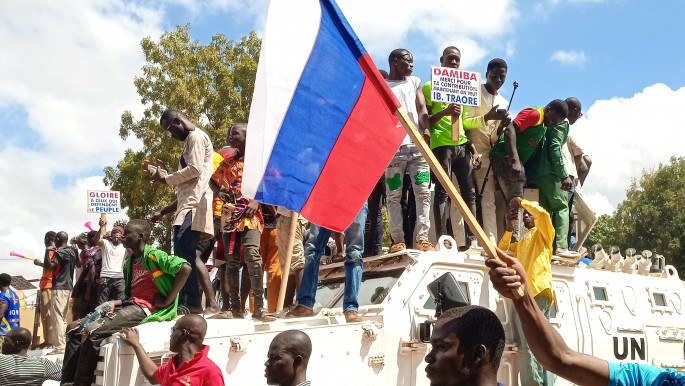
The larger picture
The deepening of Russian-Sudanese relations must be understood within the context of Moscow’s quest to further establish itself as a great power with growing clout across the African continent. Against the backdrop of huge challenges which Russia faces in Ukraine, such inroads into Africa serve to counterbalance real threats to Moscow’s influence on the international stage.
In African countries such as Mali, perceptions of France and the US as neo-colonial powers have offered Moscow opportunities to move in and build new relationships and counterterrorism partnerships via the Wagner Group.
Russia’s message to these governments is that Moscow stands in defence of their sovereign rights and, unlike the West, will sell arms to these states without attaching strings concerning domestic governance.
"As long as secondary sanctions aren't imposed, Sudan is going to maintain an equilibrium and a balance between NATO and Russia"
When Bashir ruled Sudan and the West worked to isolate his regime over the situation in Darfur and other sources of tension, Russia used its veto power at the UN Security Council to undermine those Western efforts.
Today, as Washington, London, and Paris try to influence Sudan’s political transition toward democracy, Moscow is appealing to Sudan’s military by stressing its position that no outside actor should interfere in Sudan’s internal issues.
“Russia is increasingly presenting itself as providing an alternative to the traditional western-led models of development and diplomatic relations,” Hudson told TNA. “To the extent that Russia has a strategy in Africa, it seems simply as a foil to Western interests.”
The implications for US interests in Africa are significant. Nonetheless, the White House does not appear to have a coherent set of policies aimed at reversing rising Russian influence in Sudan or other African countries.
“The US desperately needs a strategy to counter Russia in Africa but unfortunately the Biden administration has been somewhat quiet on how it plans to deal with Moscow’s moves on the continent,” according to Clarke’s assessment.
RELATEDAnalysisWilliam Christou
If the Biden administration sees Russia’s relationship with Sudan as increasingly problematic from the standpoint of Western efforts to squeeze Moscow, it is worth considering possible actions that Washington might take against Khartoum.
Although the US has at least not yet imposed secondary sanctions on Sudan over Russia’s gold mining activities, Washington possibly doing so later could cause some difficulties for Khartoum as it carefully navigates tensions between the West and Moscow while seeking to avoid being locked in NATO and Russia’s struggle against each other.
“As long as secondary sanctions aren’t imposed, Sudan is going to maintain an equilibrium and a balance between NATO and Russia,” Dr Ramani told TNA.
Time will tell how long Khartoum can continue striking this delicate balancing act as East-West bifurcation accelerates and the Ukraine War shows no signs of ending any time soon.
Giorgio Cafiero is the CEO of Gulf State Analytics. Follow him on Twitter: @GiorgioCafiero


 Actress Raquel Welch was born Jo-Raquel Tejada; her dad was Bolivian. Her trajectory represented "the complexity of the Latino experience," says film historian Luis I. Reyes. Hulton Deutsch / Corbis via Getty Images
Actress Raquel Welch was born Jo-Raquel Tejada; her dad was Bolivian. Her trajectory represented "the complexity of the Latino experience," says film historian Luis I. Reyes. Hulton Deutsch / Corbis via Getty Images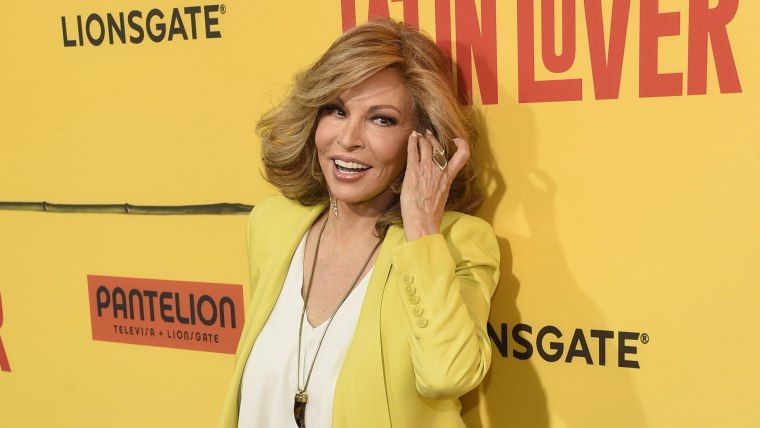

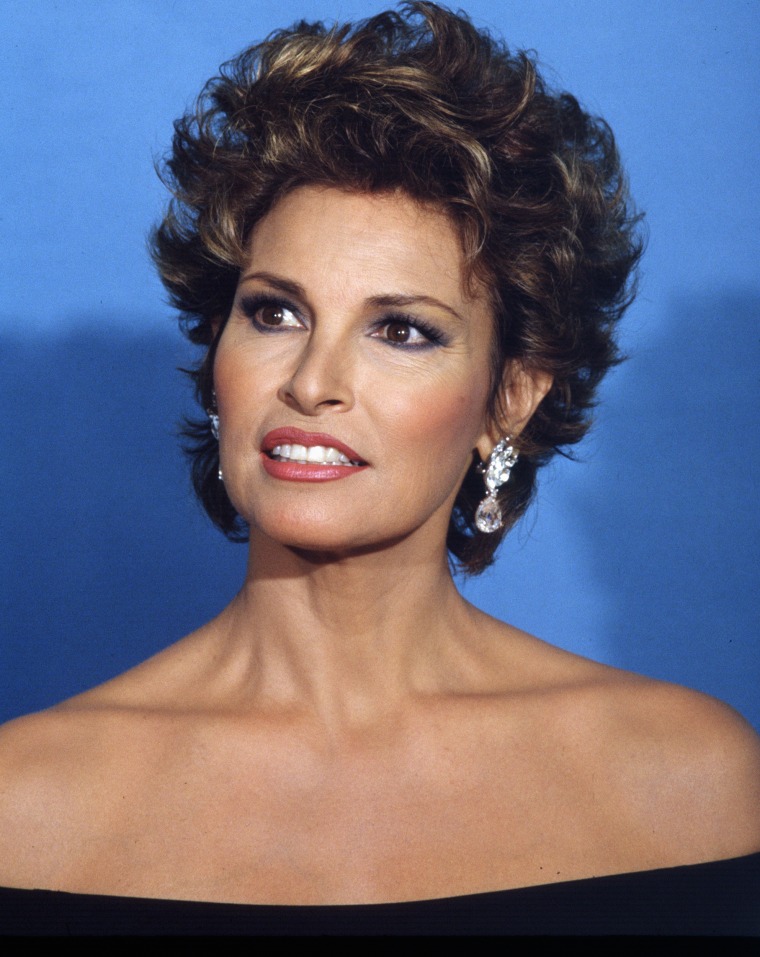
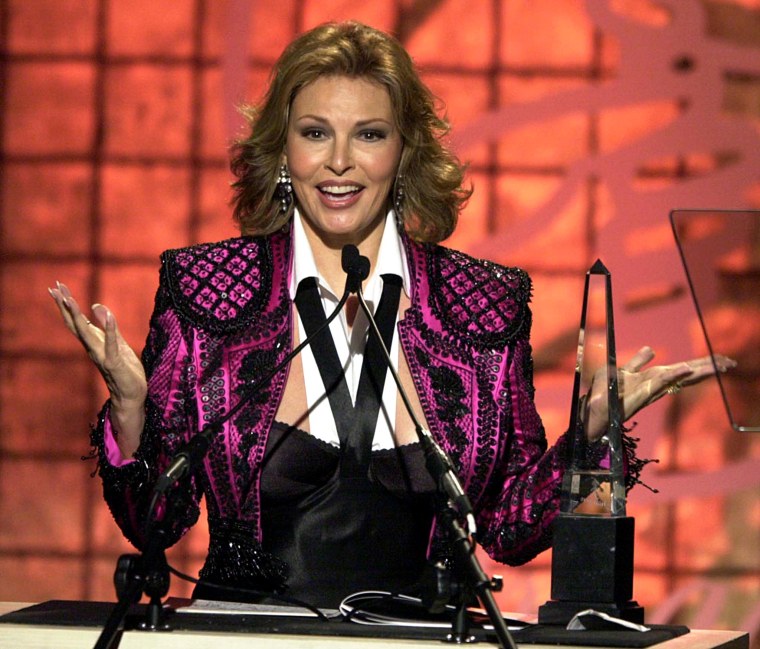
 Raul A. Reyes
Raul A. Reyes




